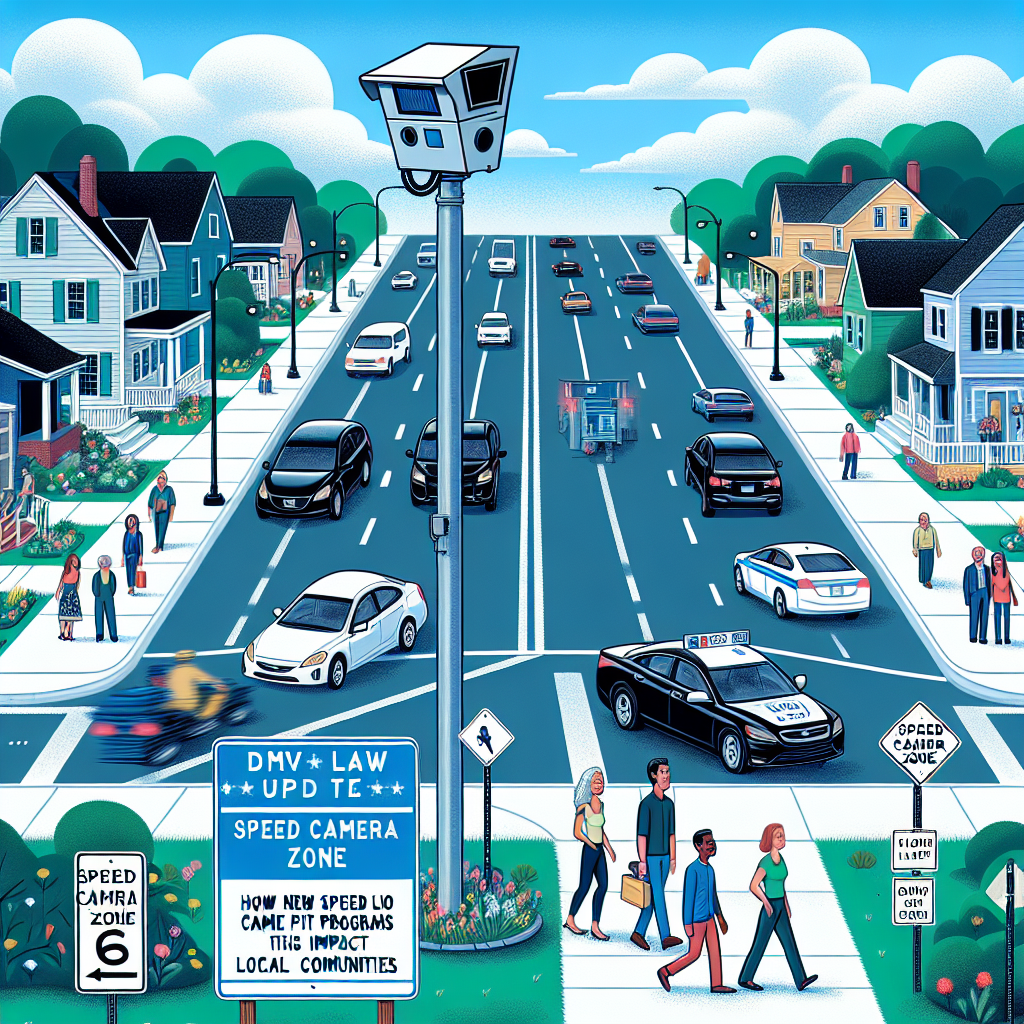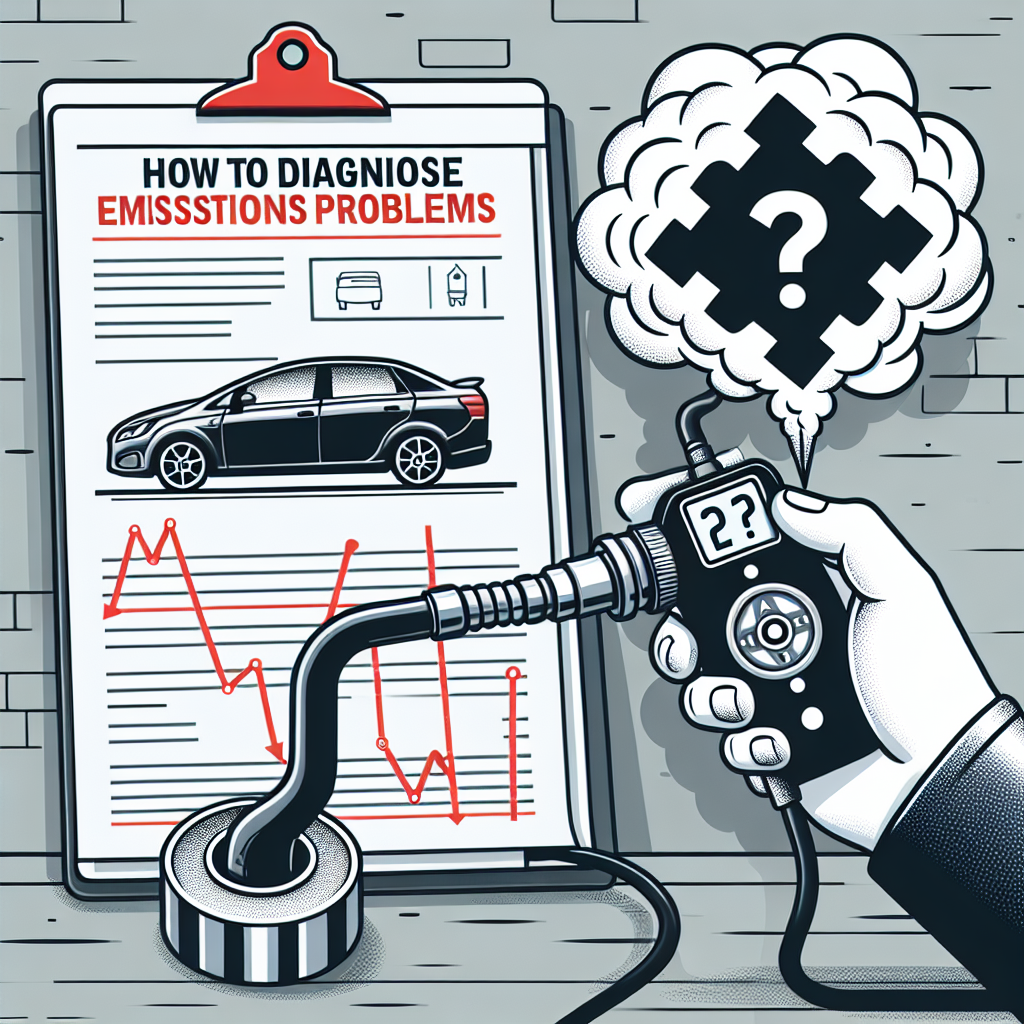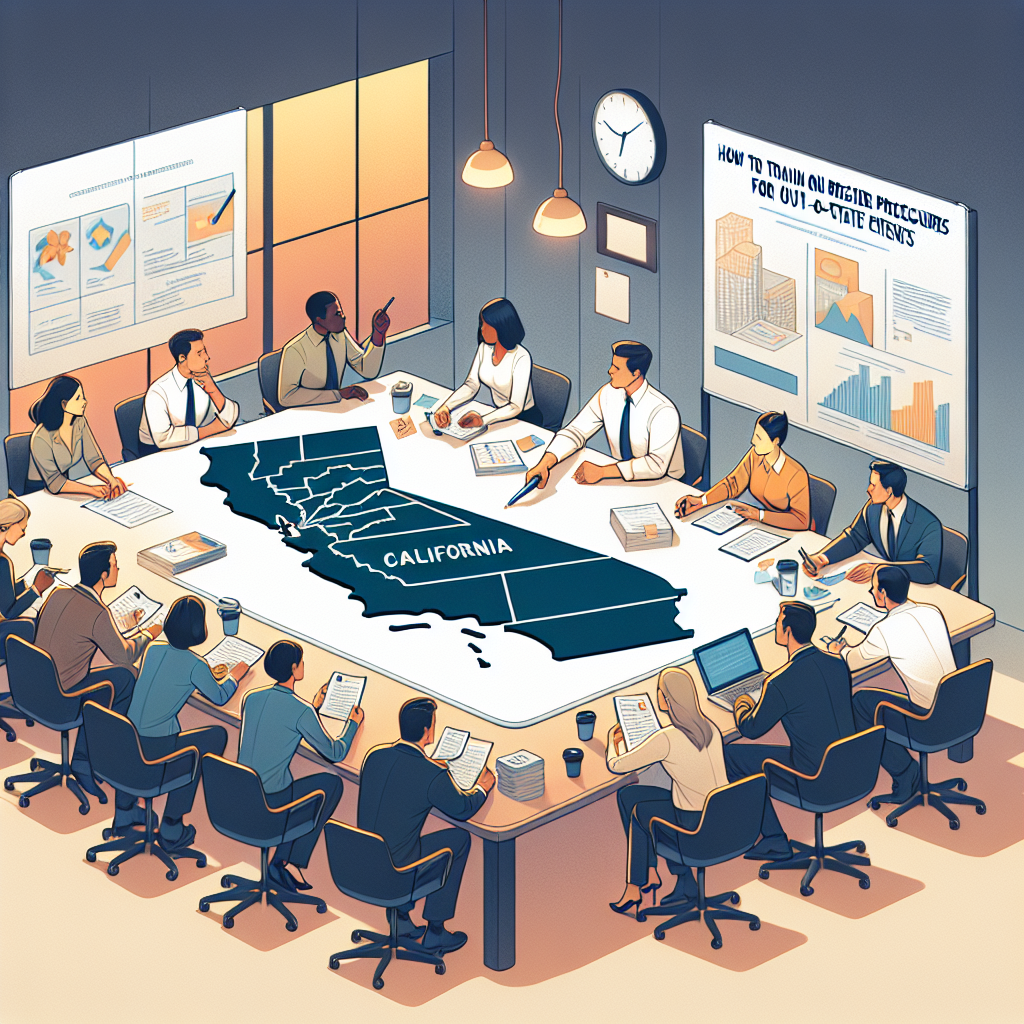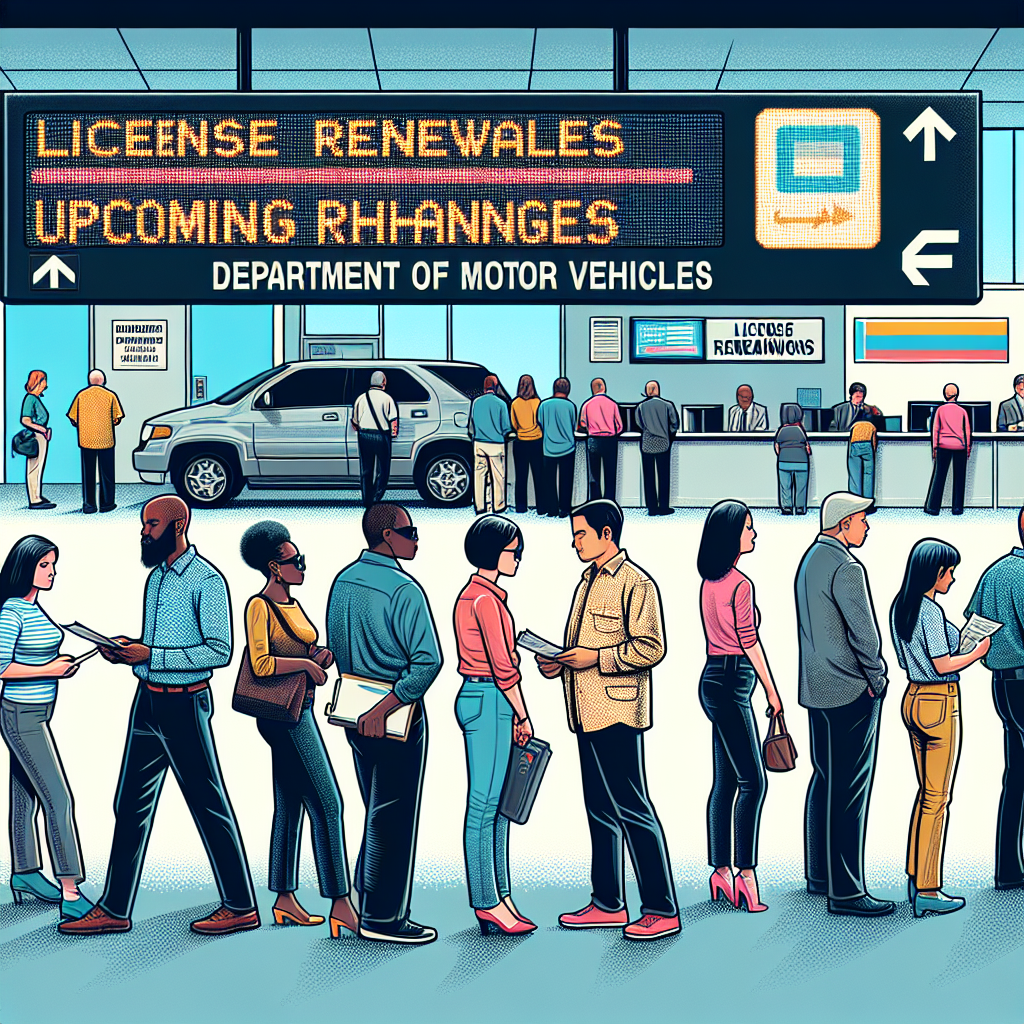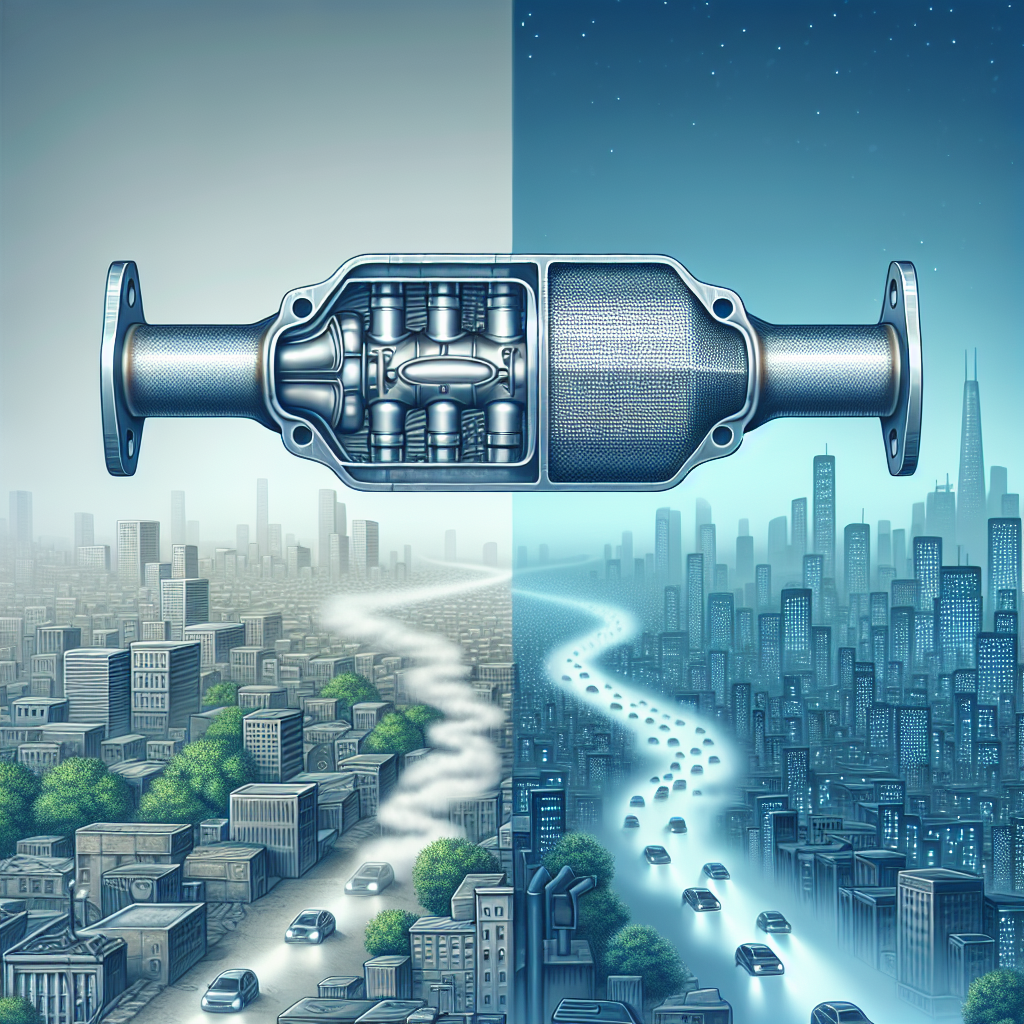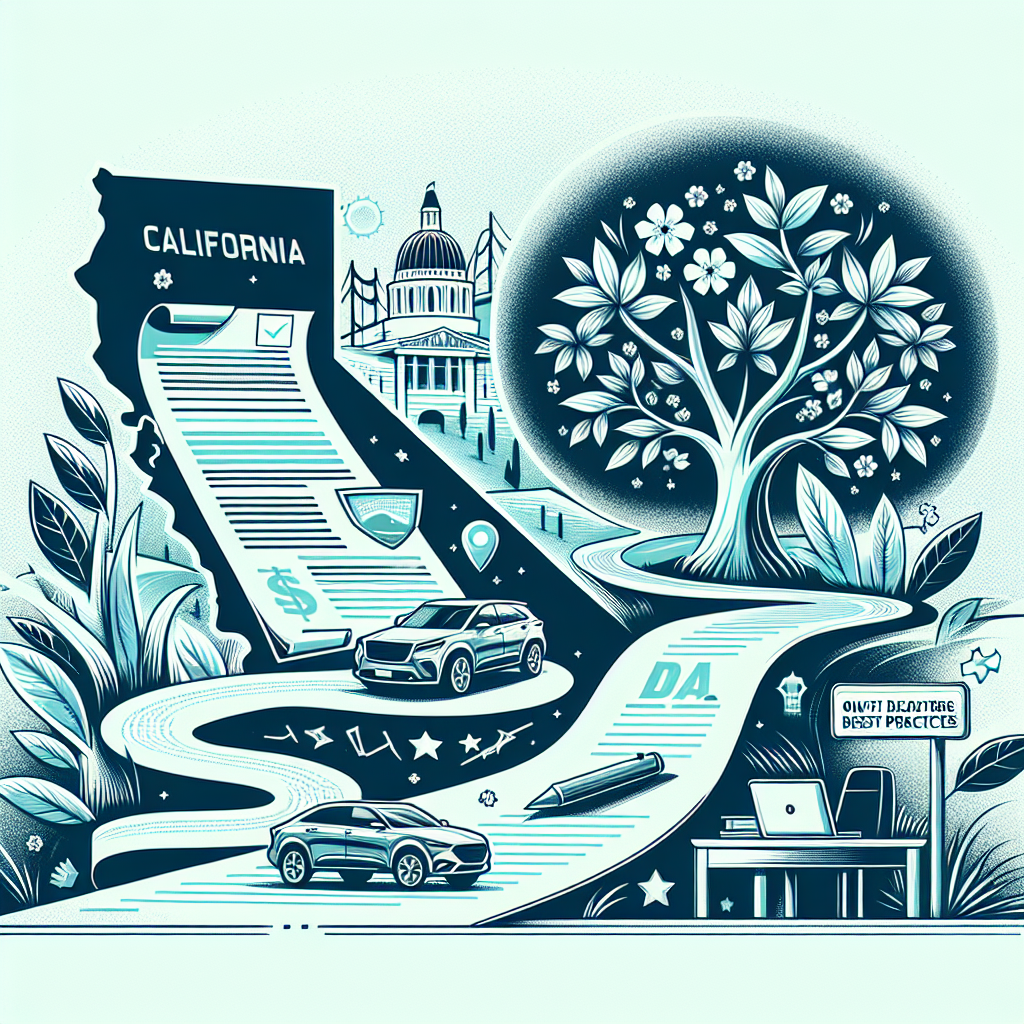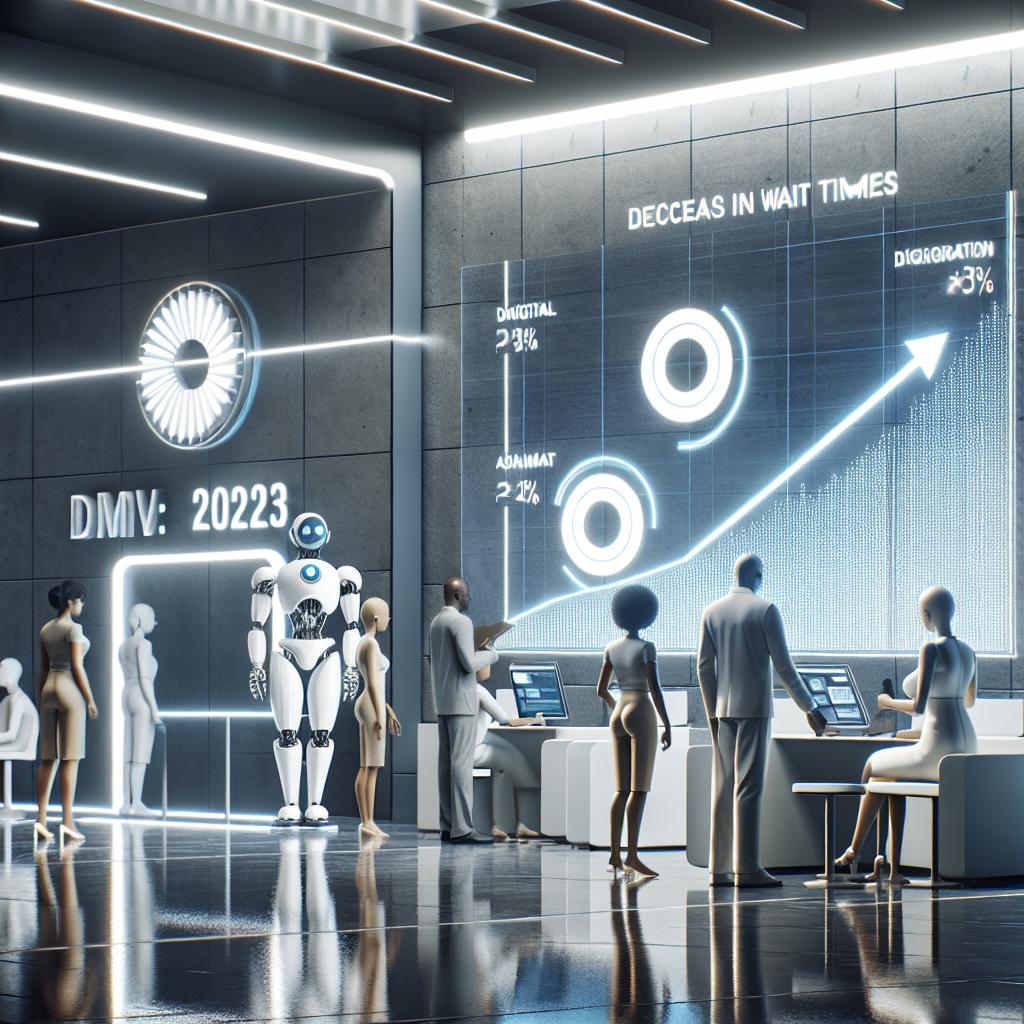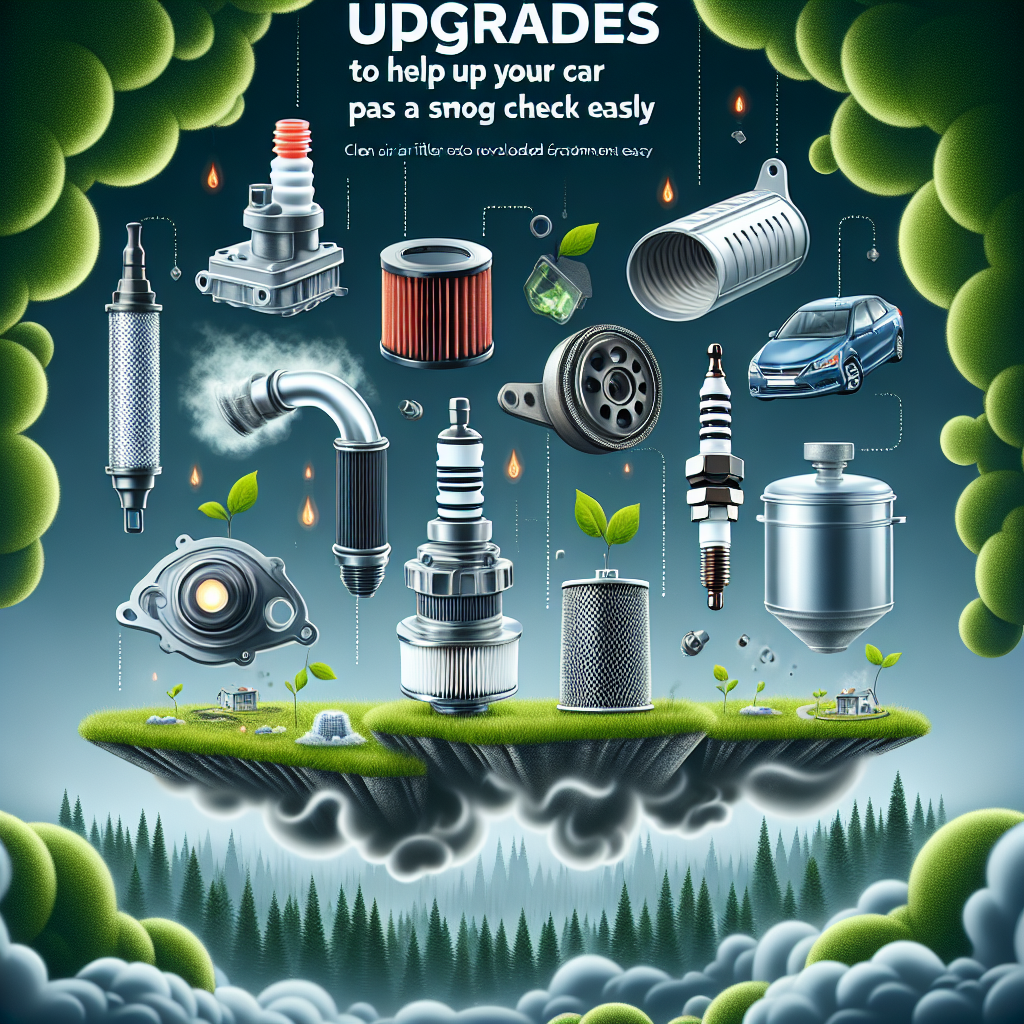DMV Law Update: How New Speed Camera Test Programs Will Impact Local Communities
Introduction
In recent years, technology has been used more and more in traffic law to make roads safer and more efficient. Speed cameras are a big part of this change, with new test programs starting in different communities. This post will talk about how these new speed camera programs might change local communities in terms of safety, the money involved, and how people feel about them.
What Are Speed Camera Programs?
Speed cameras are machines that find cars going too fast and take pictures of them breaking the rule. These pictures are used to send fines to the drivers. These new programs aim to stop speeding and make roads safer. They’re starting in busy areas and school zones to lower accidents and encourage safe driving.
Officials have several goals for these programs, such as reducing deaths on roads, making traffic better, and helping police without needing more officers on the road.
How Speed Camera Laws Work
Recent changes in DMV laws have allowed more use of speed cameras. These new rules tell local leaders how to start speed camera programs. These laws are changing local traffic rules to include these new technologies.
The new programs will start in phases, with some communities already using them. As more places start using the technology, it’s important to see how these changes will work with the existing traffic systems.
How These Programs Might Affect Local Communities
Making Roads Safer
One big aim of speed camera programs is to make roads safer. By stopping speeding, these cameras should cut down the number and seriousness of accidents. Data from other areas with these programs show a big drop in speeding and crashes. Stories and studies show how this technology can help make communities safer.
Money Matters
Speed cameras might have both good and bad effects on money matters. On one hand, local governments might make more money from fines given to speeders. This money can be used for community projects or improving traffic systems. On the other hand, putting in and taking care of the speed cameras costs money, which might mean using up more resources or spending more public funds.
How People Feel
People have mixed feelings about speed camera programs. Some folks think it’s a good step to make streets safer, while others worry about privacy and more surveillance. Looking at examples from other places with similar programs can show how people react. It’s important for local leaders to understand what people think and address their concerns.
Problems and Challenges
Speed camera programs do face some criticism. Privacy activists worry about more surveillance and data collection. There’s also concern these systems might unfairly affect certain groups, especially those who struggle to pay multiple fines. Additionally, questions about how accurate and reliable camera data is are potential challenges.
Best Ways to Talk with the Community
Having good communication with the community is key to making speed camera programs work well. Strategies include educational campaigns to explain the benefits and how the systems work. Community meetings can help answer questions and build transparency. By maintaining open communication, local authorities can build trust and ensure community support.
Conclusion
The start of speed camera test programs marks a shift to using technology for traffic safety. While these programs are expected to make roads safer and bring economic benefits, they also need careful thought about how people respond and potential problems. As technology changes, it’s important for local communities to stay aware and take part in discussions about safety initiatives.
Let’s Work Together
We invite you to share your thoughts and experiences with the new speed camera systems. Staying involved and informed is important as these changes happen. To take part in local meetings or give feedback, contact your local DMV or city leaders. For more on traffic safety and technology in law enforcement, check our other resources and join the conversation. Let’s work together to make safer and more efficient communities.
Call to Action
We hope you found this blog informative and engaging. And we encourage you to put this knowledge into practice. Visit us at Tags Clinic, located at 3845 University Ave, San Diego, CA or call us at 619-777-9046. Let’s continue the conversation there and make our roads safer together.
Follow the link to know more about us.
Find us easily using Google Maps!
